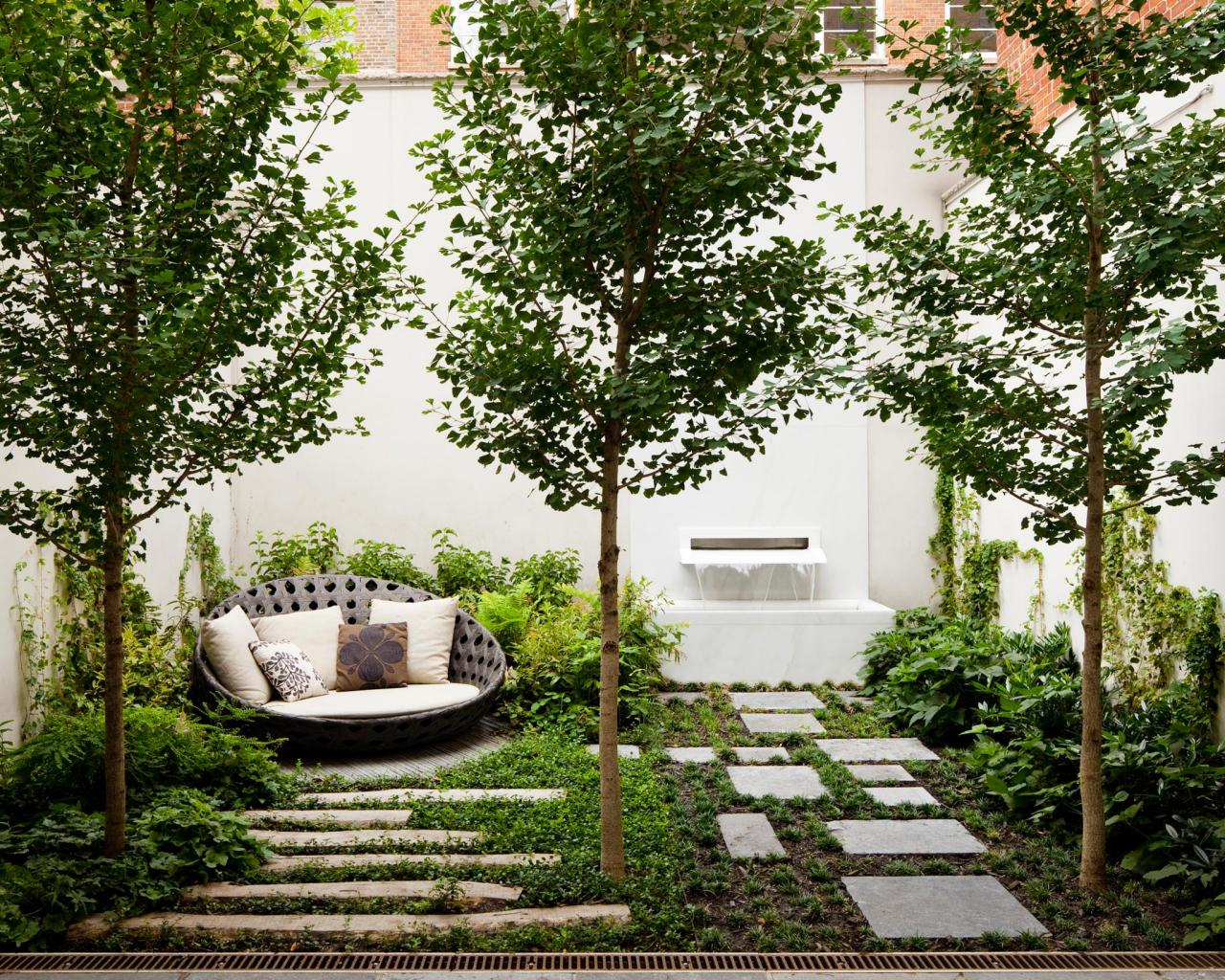Effective landscape design is all about beautifying your property’s outer space. But asides from the aesthetics, a well-designed landscape can increase the value of your property and, generally, improve the quality of your life.
Achieving such effectiveness is, however, no small feat, and it requires understanding the ecosystem around your home and choosing plants that thrive there.
But that’s not all.
In Salt Lake City’s landscape design, five basic elements are the foundation for successful landscape design. Let’s take a look at them.
#1. Color
In landscape design, color is essential as it captures the eyes. One of the first things you notice about any piece of art is the color. As such, the colors of any landscape design can make or break it.
A good landscape architect Salt Lake City would consider color for softscapes such as plants and flowers and hardscapes like paving, walls, and fences.
They can use the element of color to do the following and more:
- Draw attention to an area of interest
- Attract wildlife
- Create a mood
#2. Line
In landscaping, lines can be created horizontally, vertically, or curvilinearly. The vertical lines are created according to the height of trees or shrubs used in the landscape arrangement. On the other hand, horizontal and curvilinear lines are created according to the plan of the landscape.
However, the concept of lines and how they are created depends on the design’s purpose. But one thing is sure; it is a vital element that guides your design.
#3. Form
The form is known as the shape of the hardscape or plant feature. Plants come in different forms: upright, round, groundcover, and freeform.
Hardscape forms can also come in different shapes and heights, such as pergolas, stone paths, and retaining walls.
During landscaping, a landscape designer carefully considers the use of form. For instance, a more informal yard would have more natural-looking plants and flowers, and a more formal garden, on the other hand, may have more trimmed and structured shrubs.
The fusion of forms contributes to creating the framework for landscape design.
#4. Texture
The texture is an inconspicuous but vital element of landscape design. In landscaping, texture refers to how soft, hard, light, heavy, smooth, or rough a plant or design feature is.
This element also applies to both hardscape and softscape.
The texture is present in the structure of leaves, flowers, bark, and stone surfaces. And when they are all combined, it adds a layer of dimension to the design.
#5. Scale
Scale refers to the size of objects to their surroundings. Everything about this element is about relativity, and it’s all about “does it look right?”
The size of shrubs and trees should blend nicely with the surrounding structure. For instance, a five-foot wall would not look good next to a mansion. Following a sense of scale will indeed create harmony in a design.
Final Thoughts
These basic elements of landscape design Salt Lake City are effective when combined.
A perfect combination of them makes a space visually appealing and brings harmony.


